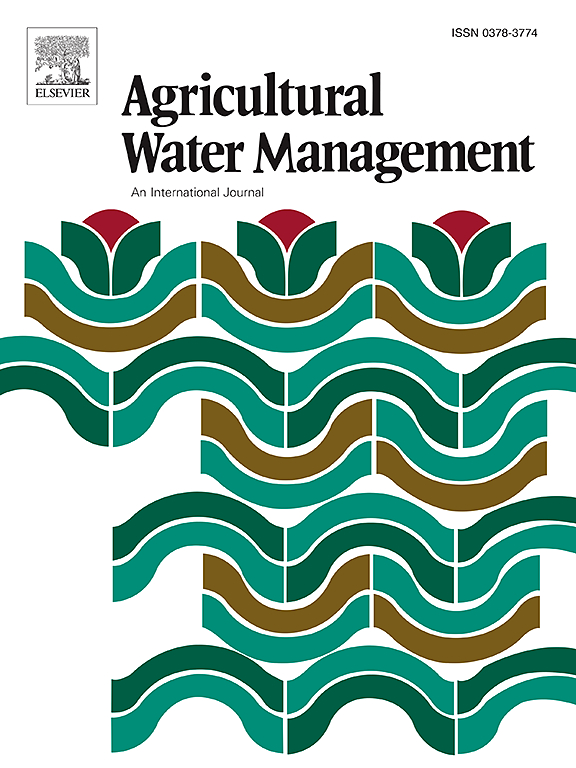Prediction of drought-flood prone zones in inland mountainous regions under climate change with assessment and enhancement strategies for disaster resilience in high-standard farmland
IF 5.9
1区 农林科学
Q1 AGRONOMY
引用次数: 0
Abstract
Predicting drought and flood disaster-prone alternating zones and enhancing cropland disaster resilience are critical for agricultural water management, mitigating meteorological disaster risks, and ensuring food security. However, the spatial prediction of climate disaster vulnerability at the local scale faces challenges such as data gaps and insufficient resolution, which results in a lack of relevant research. This study uses a coupled model of particle swarm optimization (PSO), long short-term memory (LSTM), and graph attention network (GAT) integrating historical data to predict drought- and flood-prone areas in 2035 in Heshun County, Shanxi Province, a typical small-scale inland mountainous region of China. Additionally, the study assesses cropland resilience using the TOPSIS method, and based on the spatial distribution of drought and flood disasters, proposes a Flood-Drought-Resilience Analysis (FDRA) framework, further formulating a site selection strategy for future High Standard Farmland (HSF) projects. The overall findings indicate that: (1) Precipitation (Pr) and the Standardized Precipitation-Evapotranspiration Index (SPEI) have increased in recent years, with Pr expected to continue rising until 2035. (2) The integration of historical data with the predictions from the PSO-LSTM-GAT model reveals significant spatial overlap between historical and future disaster-prone areas and intensive cropland, especially in the central region. (3) Compared to single models, the PSO-LSTM-GAT model demonstrates significantly improved performance and precision in predicting drought- and flood-prone areas. (4) Through the FDRA integrated adjustment mechanism, 6.6668 km² of unsuitable land was identified, and 6.7349 km² of high-quality land was selected as the proposed site for the next round of HSF projects. In the final part of the study, management zoning plans were designed for other areas vulnerable to drought and flood disasters, and specific recommendations for enhancing cropland resilience were provided. This study provides a theoretical basis for enhancing agricultural disaster resilience and sustainable development in localized areas, offering scientific decision-making support for policymakers to address future climate change and disaster risks.
求助全文
约1分钟内获得全文
求助全文
来源期刊

Agricultural Water Management
农林科学-农艺学
CiteScore
12.10
自引率
14.90%
发文量
648
审稿时长
4.9 months
期刊介绍:
Agricultural Water Management publishes papers of international significance relating to the science, economics, and policy of agricultural water management. In all cases, manuscripts must address implications and provide insight regarding agricultural water management.
 求助内容:
求助内容: 应助结果提醒方式:
应助结果提醒方式:


